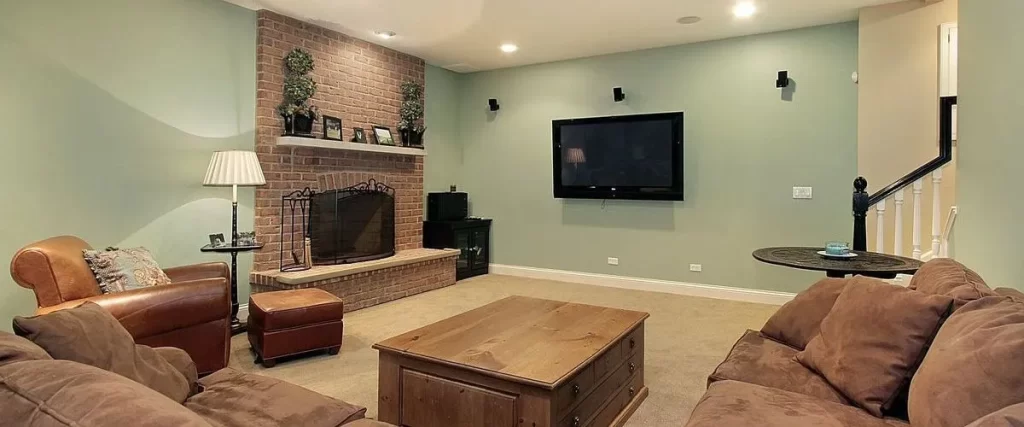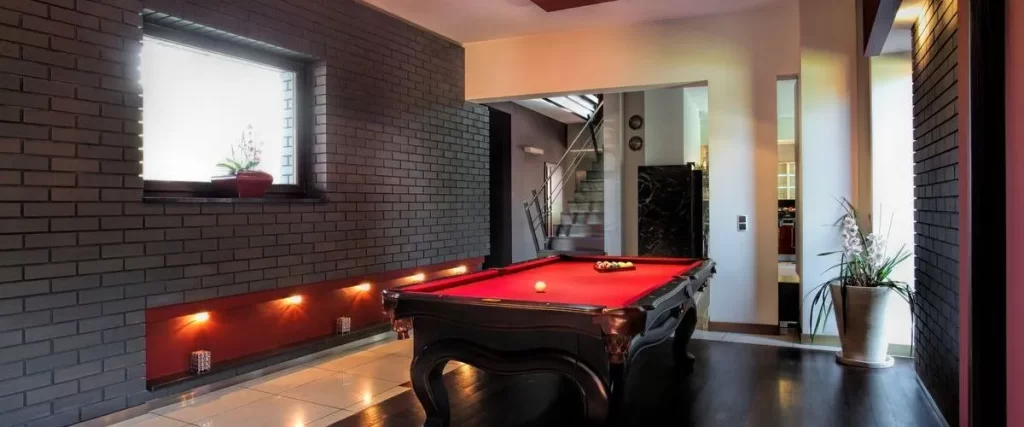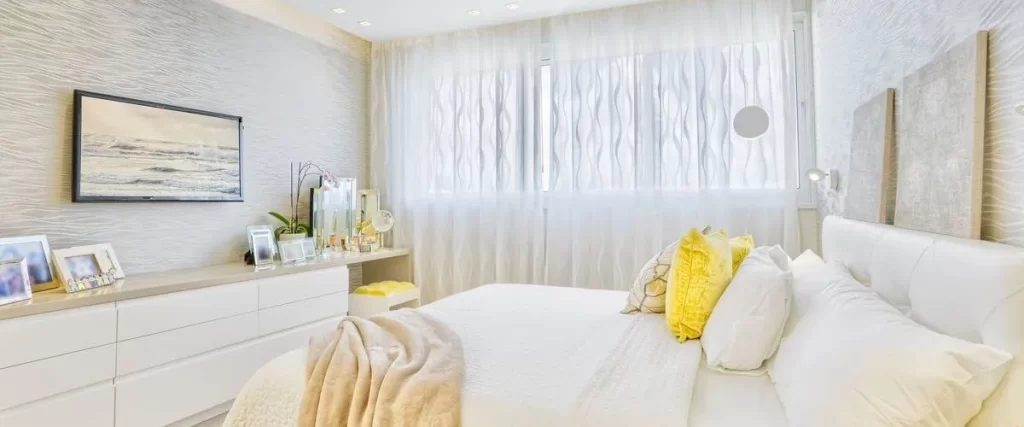Your basement doesn’t have to remain that dark corner of the house where holiday decorations and forgotten boxes go to collect dust. With some planning and effort, that underused area can become a functional, comfortable part of your home where your family actually wants to spend time.
Transforming the basement space into a livable area adds value to your house and gives you room to spread out. Maybe you need a home office where you can close the door and focus. Maybe your kids need a playroom that keeps the toys contained. The possibilities go far beyond simple storage.
Start by Assessing What You Have
Walk down those stairs and really look at your basement. Is it an unfinished basement with an exposed concrete floor and visible plumbing? Take note of the ceiling height, the natural light coming in, and any moisture issues on the walls.
Low ceilings can limit your options, but most homes have enough clearance to create comfortable living spaces. Check your local regulations for minimum ceiling heights in habitable rooms. Many states require at least seven feet, though a bedroom might need more.
Look for water stains or dampness. Water problems need fixing before you do anything else. A wet basement will ruin your investment and create health hazards. You might need better drainage outside, a sump pump, or waterproofing treatments on the walls.
Handle the Technical Requirements First

Building codes exist for good reasons. Your basement remodel needs to meet safety standards, especially if you’re adding a bedroom.
Egress windows save lives during emergencies. Any bedroom below ground needs a window large enough for someone to climb through if the stairs become blocked. These windows also bring in natural light that makes basement spaces feel less like caves.
Your space needs proper systems to stay comfortable and safe:
- Ventilation keeps the air fresh and prevents mold from taking over. Your HVAC system might need to be extended to heat and cool the new living area adequately.
- Dehumidifiers run year-round in many basements to control moisture levels
- Vapor barriers go down first on the concrete floor to prevent moisture from seeping up through the slab
- Extra insulation makes floors warmer underfoot and cuts down on heating costs
Create a Layout That Works
Think about how you’ll actually use the space before you start building walls. A basement renovation works best when you plan for your family’s real needs, not some magazine fantasy.
Maybe you want a family room where everyone gathers for movie nights. That media room could have a home theater setup with comfortable seating and good acoustics. Or perhaps a home gym makes more sense, so you stop paying for that membership you barely use.
Smaller basements require creative thinking. An area in one corner might work as a home office, while another section becomes a playroom for the kids. You can divide spaces without full walls. Furniture arrangement and area rugs help define different zones within one larger room.
Don’t forget about the practical stuff already down there. The water heater and laundry equipment still need access. Built-in counters with storage above or shelves nearby keep supplies organized without taking up floor space in your new living area.
Deal With the Walls, Ceiling, and Flooring
Drywall covers those foundation walls and makes the basement feel like part of your house instead of a hole in the ground. Insulation behind the drywall keeps the space comfortable and quieter. Painting in lighter colors helps compensate for limited natural light.
The ceiling presents choices. Drywall gives you a smooth finish, but makes accessing pipes and wires harder later. Drop ceilings with tiles let you reach plumbing and electrical easily, though they reduce headroom slightly. In basements with decent height, you might leave some elements exposed and paint everything one color for an industrial look.
Flooring transforms the concrete slab into something that feels warm and welcoming:
- Engineered wood handles basement conditions better than solid hardwood
- Luxury vinyl plank looks good and stands up to moisture without warping
- Carpet over proper underlayment adds comfort but needs moisture barriers underneath
Lighting Makes Everything Better

Basements tend to be dark, which makes people avoid spending time there. Fix this with layers of lighting at different heights.
Light fixtures on the ceiling provide general illumination. Add lamps on tables or built-in counter spaces for task lighting when someone is reading or working. Light wells outside egress windows maximize whatever natural light you can get.
Recessed lights keep the ceiling looking clean in rooms with limited height. Track lighting gives you flexibility to aim the light where you need it. Under-cabinet lights in a wet bar or home bar area make those spaces more functional.
Add Features That Match Your Lifestyle
Think about what would make your life better. A wet bar with cabinets and a small sink makes entertaining easier. Stock some shelves with glasses and your favorite bottles, and you have everything needed for hosting friends.
Wine cellars appeal to collectors who want proper temperature control for their bottles. That cool basement environment already gives you a head start.
Popular basement additions include:
- Home theater spaces with good speakers, comfortable seating, and light control that turn your basement into a personal cinema
- Game rooms where kids and adults can play without disturbing the rest of the house
- Guest bedrooms that give visiting family their own private area
Storage space still matters even in your beautiful new living area. Built-in shelving or cabinets along one wall keep things organized without cluttering the room. You can have both a functional living space and extra storage space if you plan thoughtfully.
Consider the Details
Area rugs add color and comfort while helping define different zones in an open layout. They protect your floor and reduce noise that travels upstairs.
Furniture scaled for the room works better than oversized pieces that overwhelm smaller basements. A sectional might seem appealing, but measure your square footage carefully. Sometimes a smaller sofa and a couple of chairs create better flow.
The stairs connecting your basement to the rest of the house need to feel welcoming. Good lighting and fresh paint on the walls makes a difference. Nobody wants to feel like they’re descending into a dungeon when they head downstairs.

When to Call the Professionals
Basement renovations involve electrical work, plumbing, HVAC, and structural considerations that most homeowners shouldn’t tackle alone. You need permits, inspections, and knowledge of building codes. One mistake with moisture barriers or ventilation can cost you thousands down the road.
We transform unfinished basements into spaces families love at Brucksch & Sons. Our basement remodeling team handles everything from initial planning through final inspections, making sure your basement meets all local regulations while matching your vision. You get a livable basement without the headaches of coordinating multiple contractors or second-guessing technical decisions.
Call us at (443) 261-9582 or message us here to discuss turning your basement into the living space your family needs.
